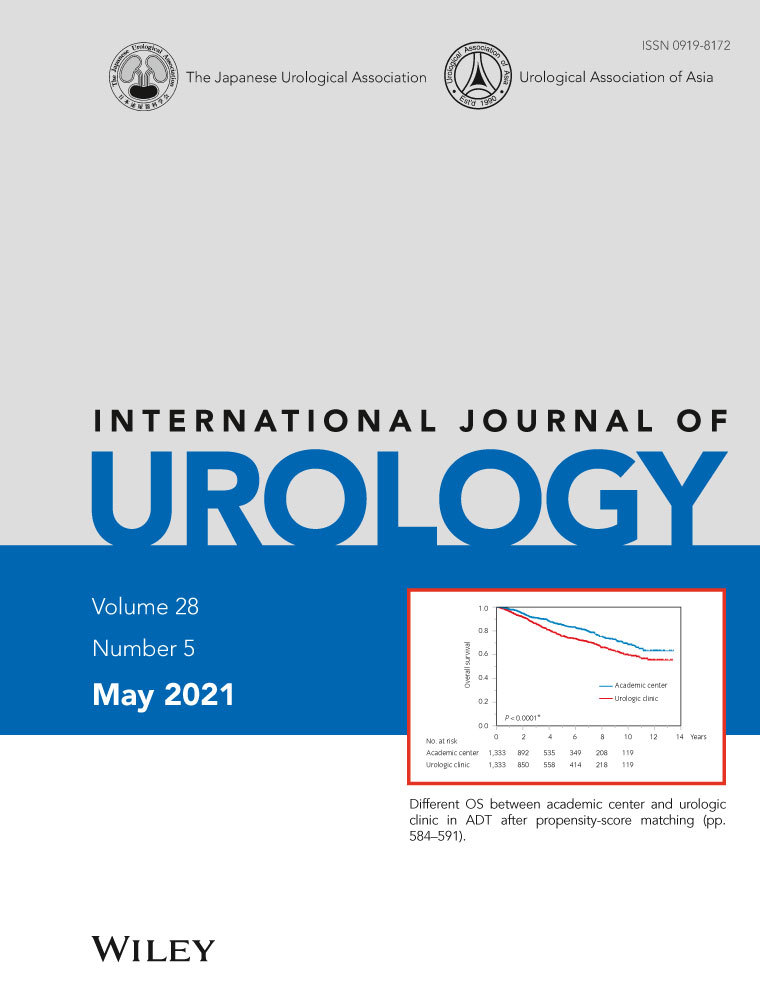Predictive factors of postoperative complications and hospital readmission after implementation of the single-port robotic platform: A single-center and single-surgeon experience
Abstract
Objectives
To measure the incidence, and identify potential risk factors of conversion, postoperative complication and readmission for patients treated with urological robotic single-port surgery.
Methods
All consecutive urological surgery procedures carried out with the single-port robotic platform by the same surgeon in a single institution between September 2018 and March 2020 were included in this retrospective analysis. Demographic data, main perioperative outcomes and information related to the surgical technique were gathered and analyzed. A logistic regression model was used to assess predictive factors for any grade and high-grade (e.g. Clavien grade ≥3) postoperative complications, as well as predictive factors for readmission.
Results
Analysis included 221 patients, of whom 194 (88%) underwent pelvic surgery and 27 (12.2%) underwent upper urinary tract surgery. Only one patient was converted to open surgery in the entire cohort. A total of 40 patients (18.1%) experienced postoperative complications, with grade ≥3 postoperative complications in 7.6% of the entire cohort. On multivariable analysis, the factors significantly associated with the risk of postoperative complication of any grade were diabetes (P < 0.001), perineal approach (P < 0.01) and postoperative pain management with opioids (P = 0.01). Only diabetes (P = 0.03) predicted a grade ≥3 complication. Overall, 17 patients (7.7%) were readmitted during the 3 months after surgery. A body mass index >30 kg/m2 was the only identified predictor of readmission (P = 0.01).
Conclusion
A wide range of pelvic, extraperitoneal and upper-tract urological procedures can be carried out using the robotic single-port platform with a minimal conversion rate and low complication or readmission rate.
Conflict of interest
Jihad Kaouk is a speaker with Intuitive Surgical.




